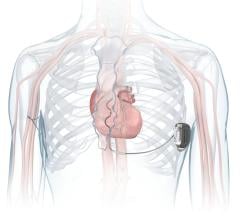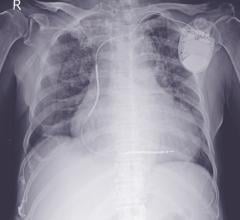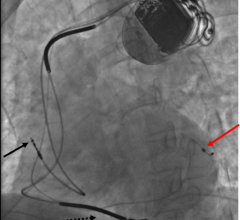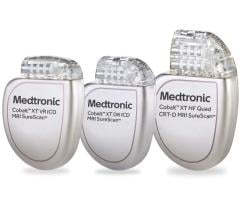March 7, 2008 – An individual’s physical health, psychological stress, social support and own sense of well-being, are all factors that can play a significant role in the likelihood of surviving an arrhythmic event, according to a study published in the March 2008 edition of the HeartRhythm Journal, the official journal of the Heart Rhythm Society.
The research identifies the link between an individual’s state of mind and physical health may be stronger than many expect. Researchers have found a direct connection between a recovering patient’s psychosocial state and survival rate following an arrhythmic event. While many studies have linked state of mind to the likelihood of a cardiac event occurring, this is the first study to show how a patient’s negative state of mind can have a direct impact on long-term survival after a cardiac event occurs.
In addition, the study found that in high-risk cardiac patients, psychosocial profiles can also independently predict death, separately from a physical assessment.
“In the days, months and years after a patient has experienced an arrhythmic event, the psychosocial state of that individual may have an impact on the longevity of life or likelihood of life-threatening arrhythmias,” said , led by Jonathan Steinberg, M.D., FACC, chief of the Division of Cardiology, St. Luke’s-Roosevelt Hospital Center, New York. “Our research shows that assessing a patient’s mental well-being, and seeking counseling or therapy when needed, can be a critical factor in a successful recovery.”
The new study examined the results of self-reported quality of life (QoL) questionnaires from Antiarrhythmics Versus Implantable Defibrillators (AVID) trial patients who had experienced cardiac arrest or life-threatening ventricular tachycardia (VT). Upon measuring the survival of patients three years after having an arrhythmic event, the study revealed a 40 percent death rate among the one half of patients with a poor psychosocial condition versus a 20 percent death rate among the other half of patients with a good, or better, psychosocial condition.
In the AVID trial, several QoL instruments were used, including SF-36 subscales (Physical and Mental Component Summaries), patient concerns checklist and quality of life index-cardiac. The AVID trial enrolled 1,016 patients, 740 of whom had baseline data available from at least one of the QoL instruments.
The HeartRhythm Journal organization will be present at the American College of Cardiology's 57th Annual Scientific Session being held March 29 - April 1, 2008, in Chicago, IL.
For more information: www.heartrhythmjournal.org


 September 05, 2024
September 05, 2024 








